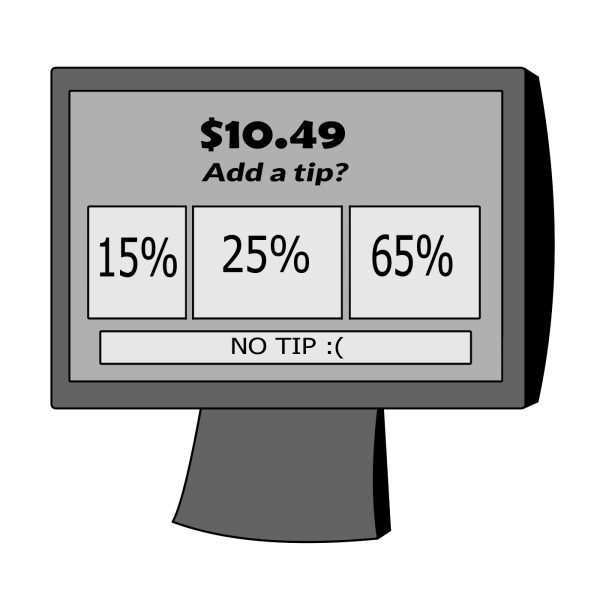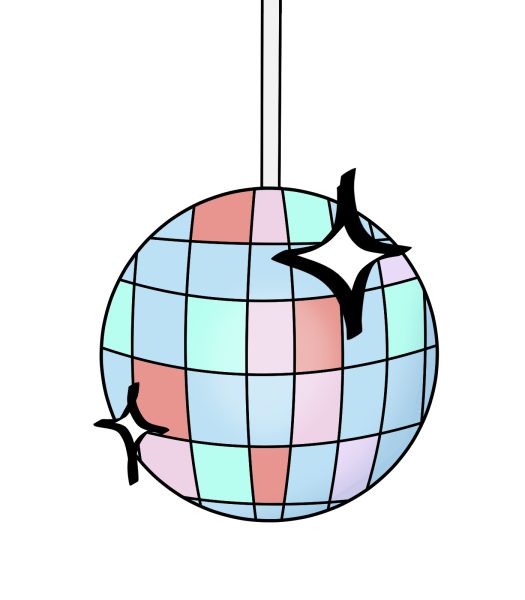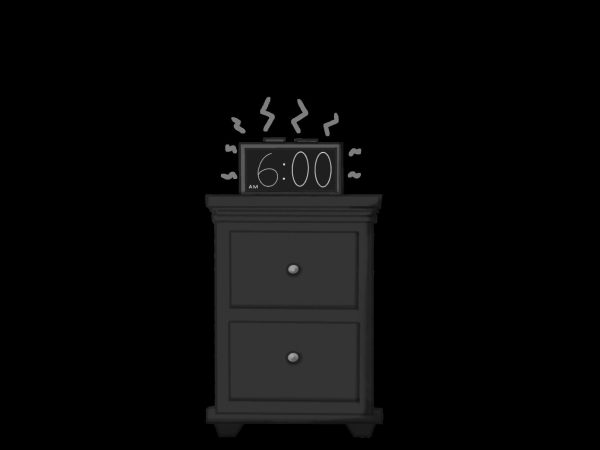The trouble with trends
June 11, 2021
Do you have style?
For many, this question may never cross our minds. But for those more attuned to their fashion sense, this is a common dilemma when struggling to shop for new clothes or put together outfits in the morning.
For reference, style can be an ambiguous, overarching word used to describe what someone wears, but style is more specific than that. Style is unique; it’s something that an individual develops by integrating different pieces, themes, or motifs into a distinctive look.
Style is personal, and despite what we see on TikTok and Instagram–trends are not style.
While following seasonal trends may be “stylish” for that month, it does not mean that you have style. There’s a difference between following popularized styles and having a personal one that is unique and telling of your character.
Trends heavily contribute to people’s styles, but they are fleeting. Personal style generally remains constant, occasionally adapting as one matures. On the other hand, trends come and go, and unless you truly hold onto them, trends alone cannot encompass an entire style.
I’m not saying that people can’t develop their style from trends–of course, they can. In a world consumed by branding and promotion, we tend to tailor trends to our wardrobes. Whether it’s fusing Y2K pieces and modern silhouettes or religiously wearing ripped jeans, we all buy into trends. So yes, they can influence one’s style, but taking on fifteen different trends doesn’t create a personal style.
This idea that trends can’t entirely make up personal style is prevalent, but it isn’t a pressing issue. It’s what these trends propagate that is the problem: fast fashion. Trends thrive and persist through fast fashion, requiring a speedy medium to constantly produce these polyester pieces.
It’s well known that fast fashion isn’t made to last; it’s an unsustainable industry. As trends go out of fashion, people throw away these temporarily popular pieces, producing immense waste. The synthetic microfibers from those clothes–among many other cheap, non-biodegradable materials used for fast fashion–end up in oceans and landfills. Further, fast fashion is not only unsustainable, but it’s also unethical. These companies frequently source from countries and textile factories with poor working conditions and next to no pay for laborers.
To avoid boosting fast fashion, rather than buying into trends, start with the basics: shop for essentials and staple pieces that you can re-use as your style evolves. Not only is it worthwhile to invest in these pieces, but it’s also much more sustainable.
And if you’re going to integrate trends into your style, a good rule of thumb is only doing so if you genuinely like those trendy pieces and will continue to wear them. This can extend the life of most fast-fashion items, helping to detract some of the detriments caused by their production.
At the end of the day, you can truly wear whatever you want, but having a wardrobe entirely made of trends doesn’t dictate that you have style. So don’t follow trends to fit in. Follow trends based on your interests, and from there, your style will evolve on its own.
Sources:
Lois Ehrenfeld de Buren, “What does it mean to have a unique style?”:
http://www.ledeburen.com/what-does-it-mean-to-have-a-unique-style/
The New York Times, “How Fast Fashion Is Destroying the Planet”:
https://www.nytimes.com/2019/09/03/books/review/how-fast-fashion-is-destroying-the-planet.html












